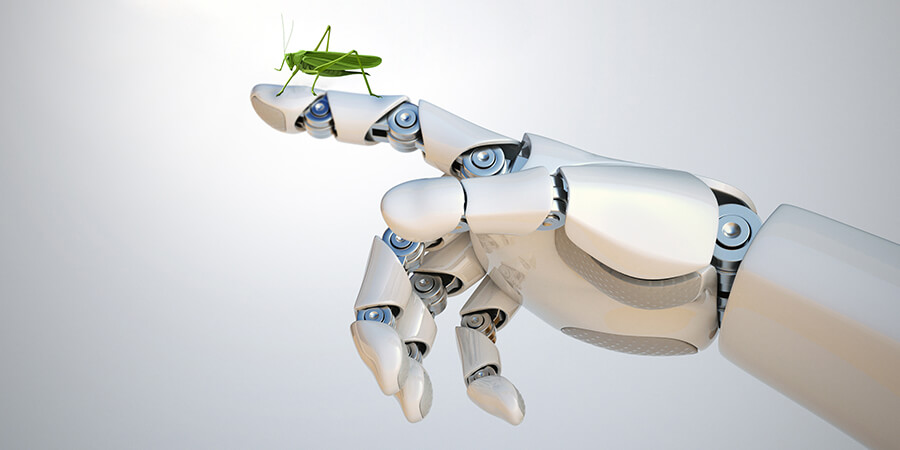Researchers at Huawei are studying ants and other insects to create better robots through a new field of study called insect robotics. This model aspires to create robots based on the instincts of insects.
The company is trying to understand how insects are able to navigate in a much smarter way; this will help researchers apply the algorithms to autonomous driving, robots, drones and even vacuum cleaners.
Insect brains offer natural inspirations for original designs that are both efficient and robust. Despite their tiny brains, insects are capable of learning, planning, and problem-solving.
For example, ants are good at managing unfamiliar objects very efficiently. When they find a piece of sweet, they can pick it up by identifying the best touching point of the sweet to grab and carry it.
Conversely, current cutting-edge robots in factories are not able to do such a feat. Additionally, insects use vector memory and visual memory to memorize the visual surroundings of the routes they travel and can use this memory to find the best spots for their activities.
Huawei is exploring the use of insects to enhance their existing technology and computing by drawing inspiration from the computing mechanisms observed in the brains of insects.
In today’s computers, the central processing unit is separate from the memory. The computing unit must retrieve data from memory, perform calculations, and then produce the final output. However, in the brain, the computation is done in the neuron which acts both as a computing and memory center which allows for better integration of the memory and computer.
The convergence of information on neuron dynamics and the development of silicon transistors capable of functioning like silicon brains suggests that the future of highly intelligent robots is within reach.










